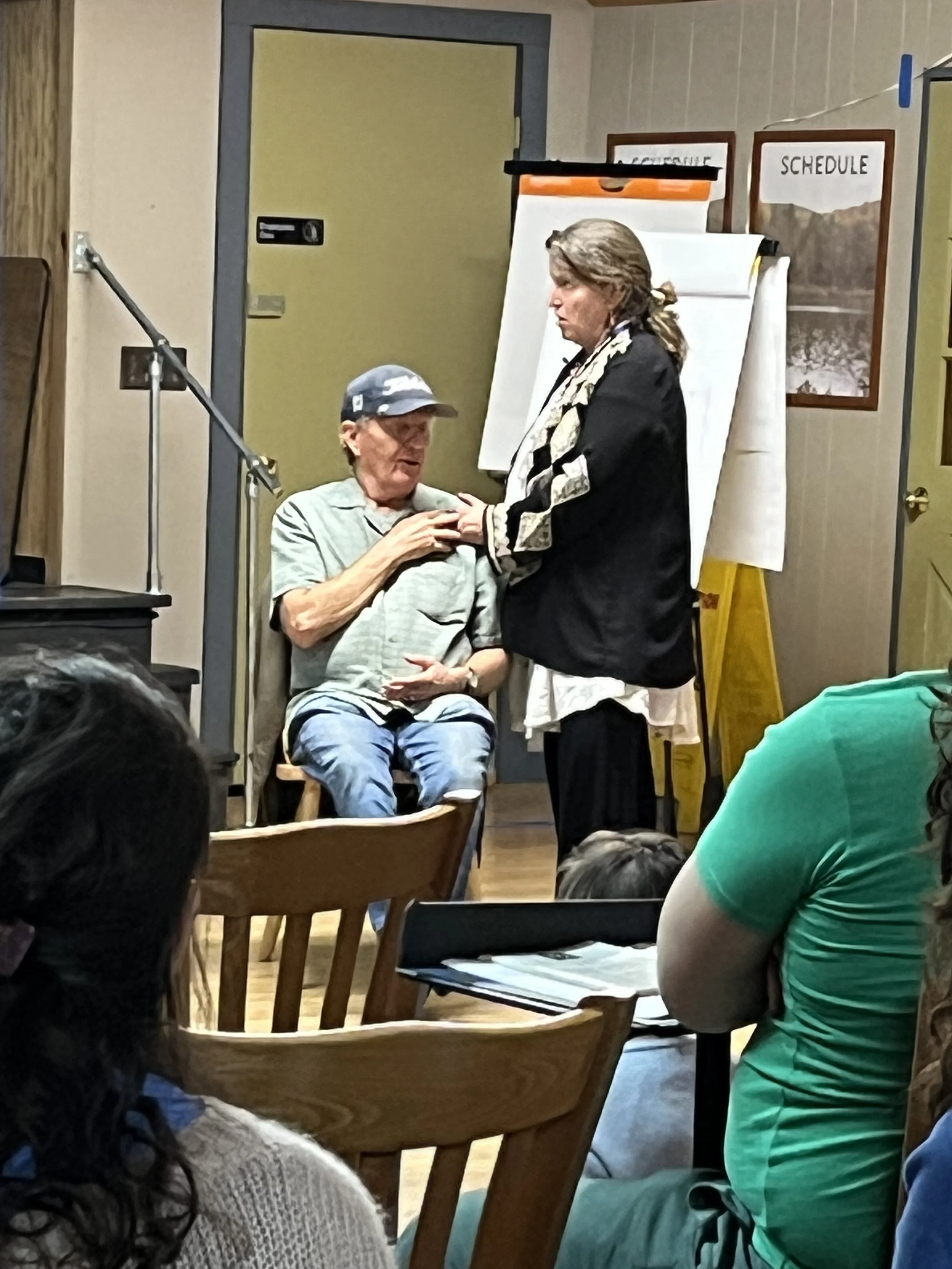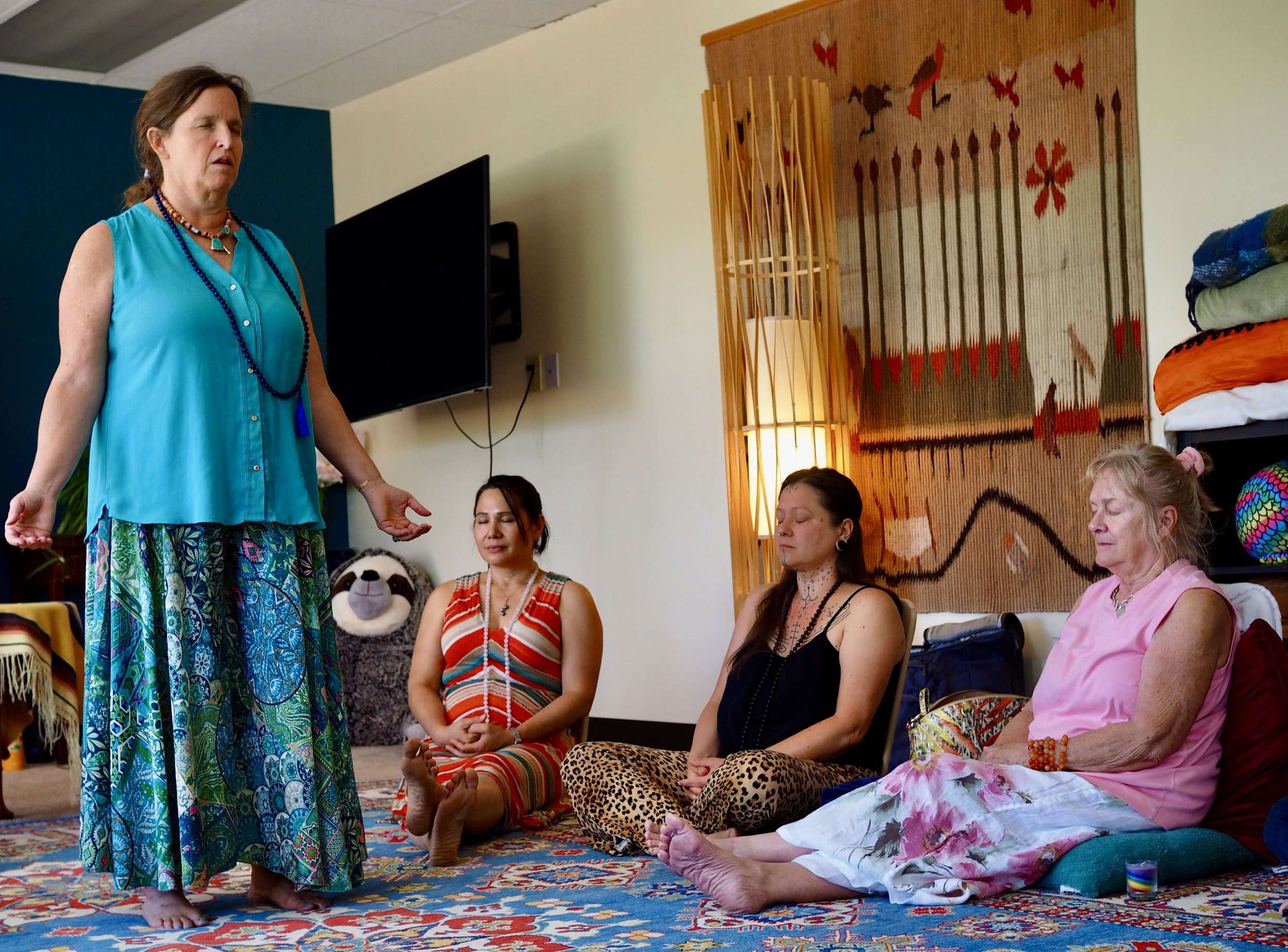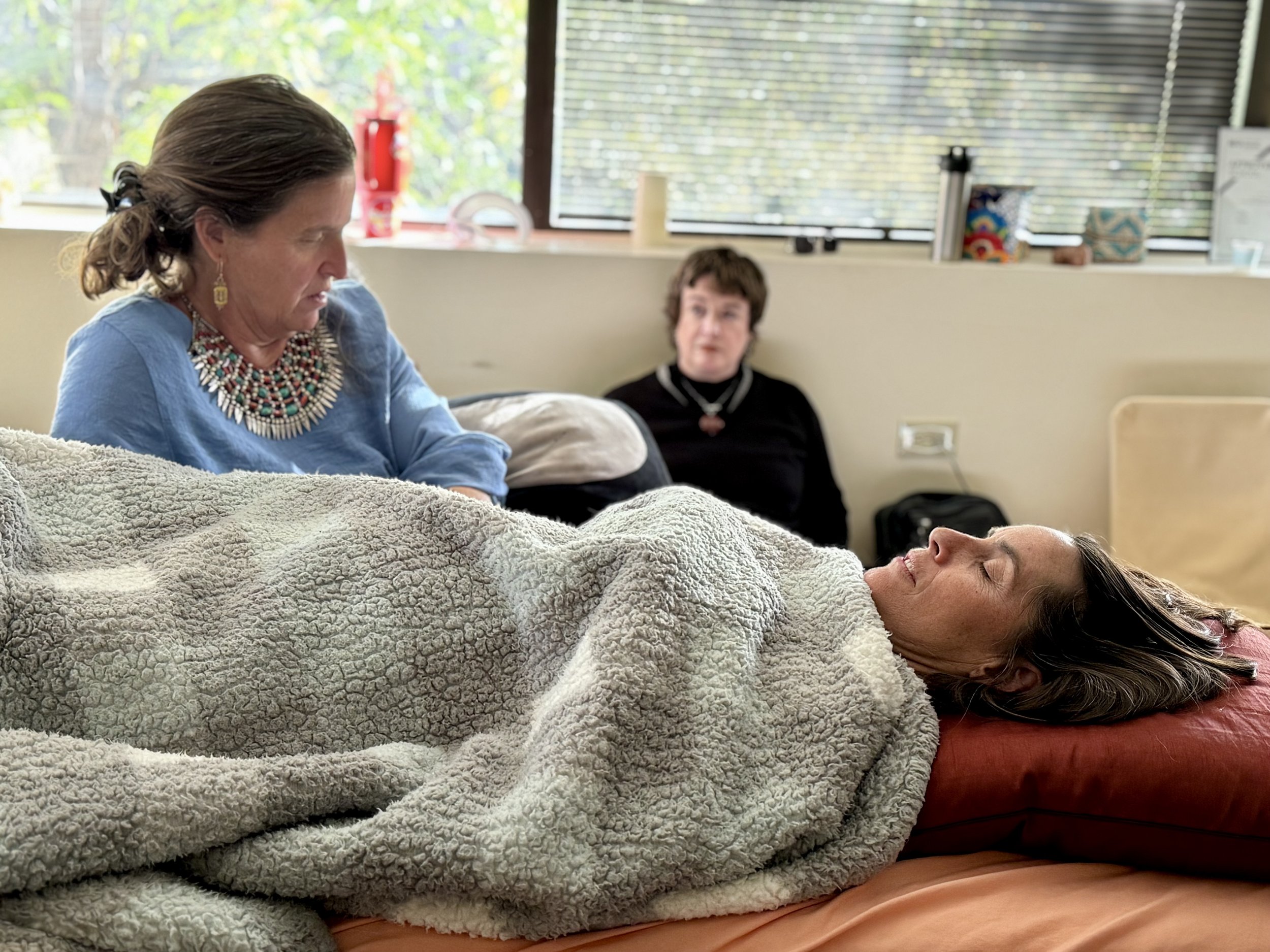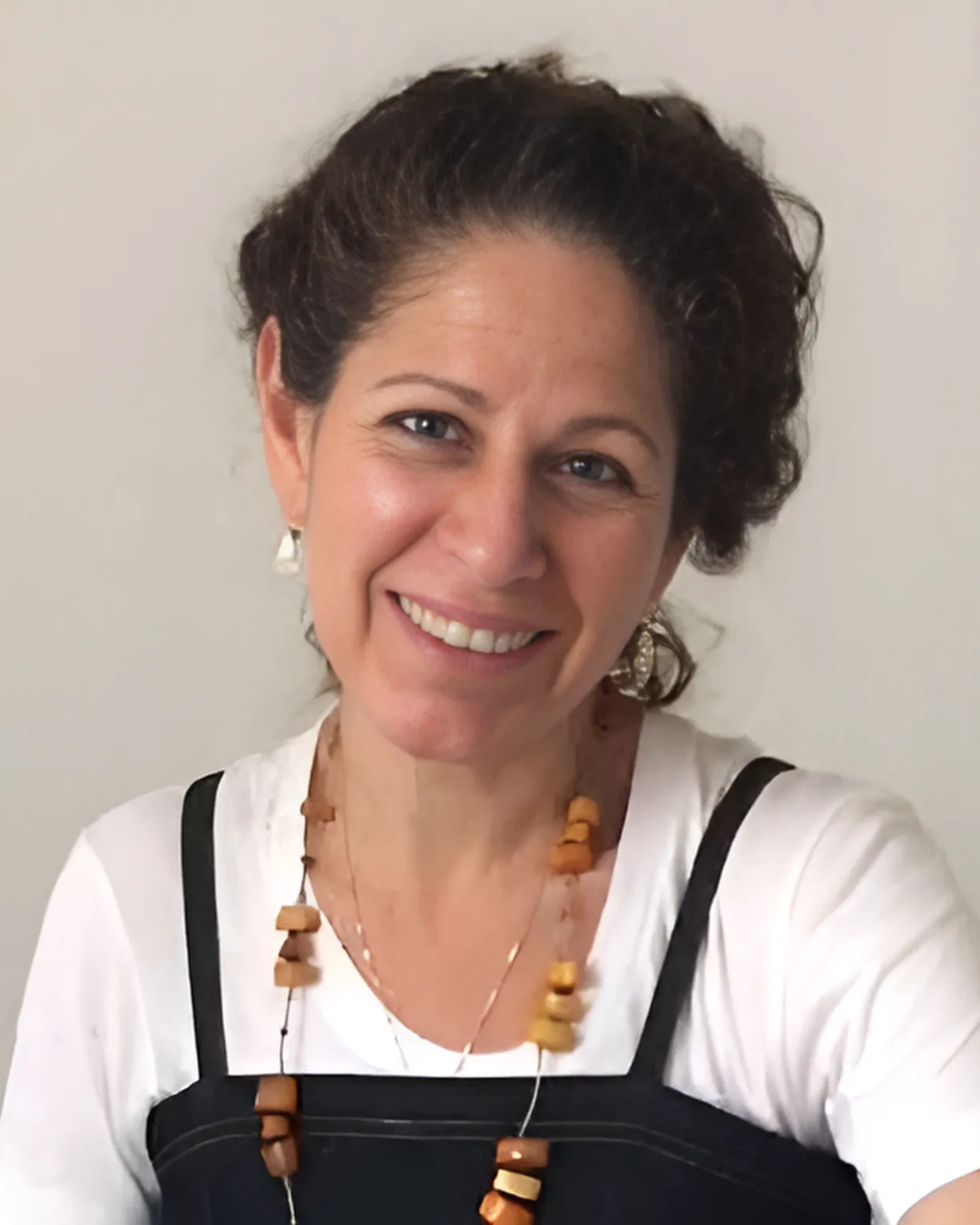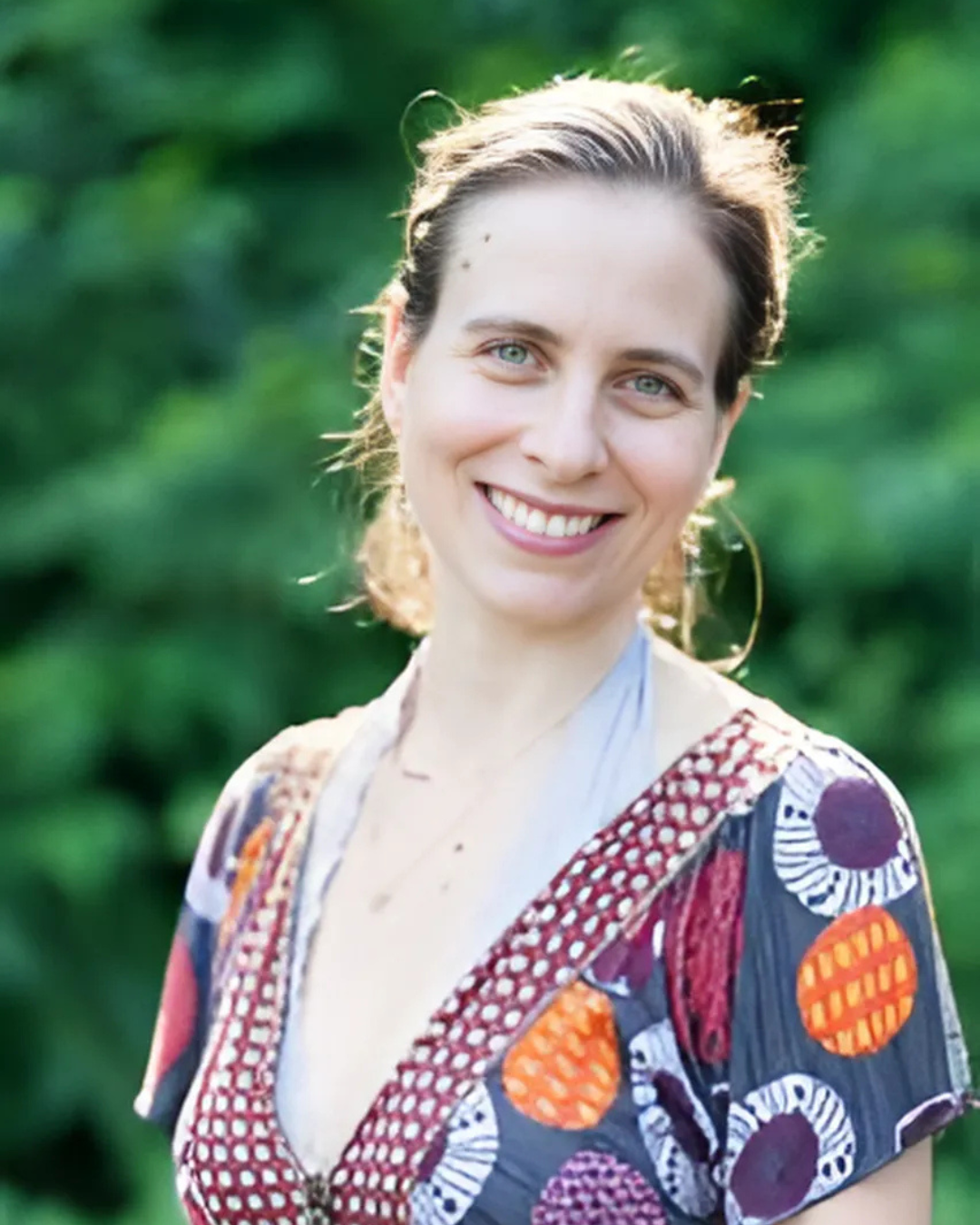
The School of Inner Health
An education in biodynamics
The School of Inner Health is a holistic educational organization focused on introductory and advanced courses in Biodynamic Craniosacral Therapy, as well as nervous system dynamics and other courses.
Our mission is to educate new and advanced students to orient to the forces of inherent health in themselves and their clients using embodied skills of presence and relationship.
PLEASE NOTE: As of November 1, 2025, we will not be starting new professional practitioner certification training groups.
2025 Biodynamic Craniosacral Conference in Connecticut
A great man has left our midst. Thank you Franklyn Sills for your presence, wisdom and the immense gifts of knowledge you have carried and shared so magnificently. Thank you for creating the road for so many to walk with Biodynamic Craniosacral Therapy who would not otherwise have been able to. Your ability to translate osteopathic principles into dynamic and ever more alive possibilities will live far beyond you, hopefully beyond all of us. Travel well. You will be deeply missed and always remembered.
🕊️
Our Teaching Philosophy:
the biodynamic paradigm
Renowned osteopath James Jealous said, “It’s none of my business how the process of healing is occurring. Our business, and our focus, is to create the conditions for healing to occur and to recognize when they have occurred.”
In the School of Inner Health professional practitioner training courses, our students will develop competence, confidence, and accurate perception and learn to create the conditions for healing. By studying Biodynamics in depth, students will learn to:
Recognize and orient to our innate state of Health and Primary Respiration
Amplify the body’s intelligence and wisdom
Palpate and communicate with different physical layers: bone, fluid, tissue, and nerve and how they communicate with each other
Gain intimate knowledge of the craniosacral system’s anatomy and physiology
Orient to the energetic rhythms moving through our anatomy
Drop below the noise of the mind and become more present
Communicate verbally and non-verbally and develop a new, deeper relationship with the life stories held in our bodies
Become practitioners who can recognize whether they are encountering their own material or their client’s material
Experience transformational personal growth while gaining vocational skills
Explore the intersection of current scientific discoveries and ancient healing modalities
FEATURED COURSES
Please visit our COURSES page for our entire curriculum.
Nervous System Healing & Regulation
❧
Embodied Presence & Deep Listening
❧
Professional Holistic Practitioner Education
❧
Nervous System Healing & Regulation ❧ Embodied Presence & Deep Listening ❧ Professional Holistic Practitioner Education ❧
being with babies in the cranial field
A 3-module advanced BCST program for practitioners, focusing on hands-on craniosacral therapy to support infants’ health and development.
Instructor: Emily Martin, BCST Instructor
exploring the resources in Our Early Journey - an advanced Somatic Process workshop
For Craniosacral Therapists and Somatic practitioners—explore early experiences, deepen perception, and refine your practice in an intimate 4-person setting.
Facilitator: Margaret Rosenau, RCST®, SIH owner and approved BCTA instructor
MEET OUR INSTRUCTORS


